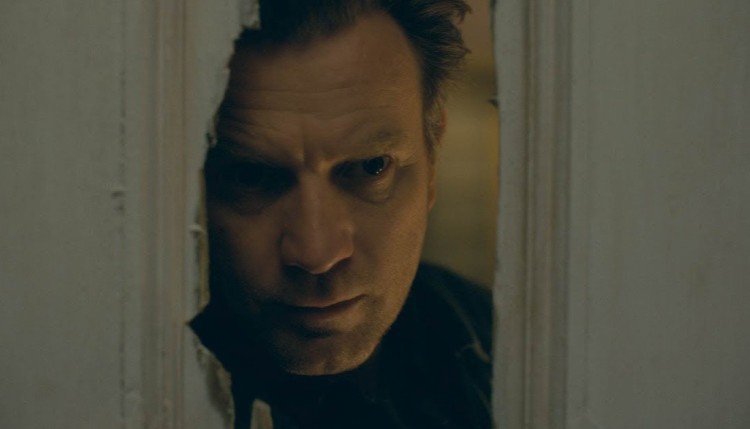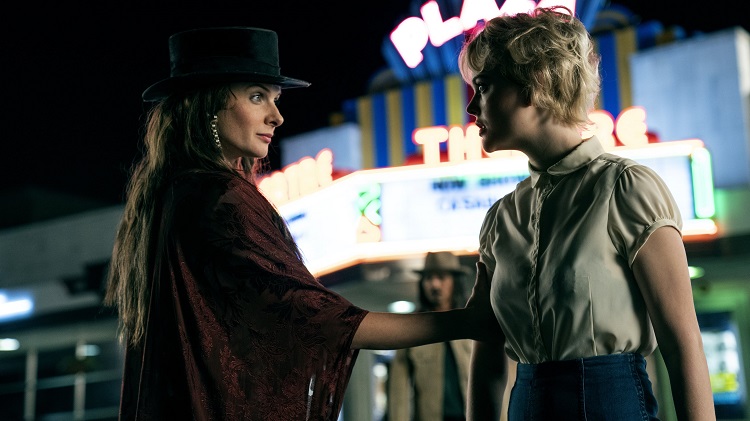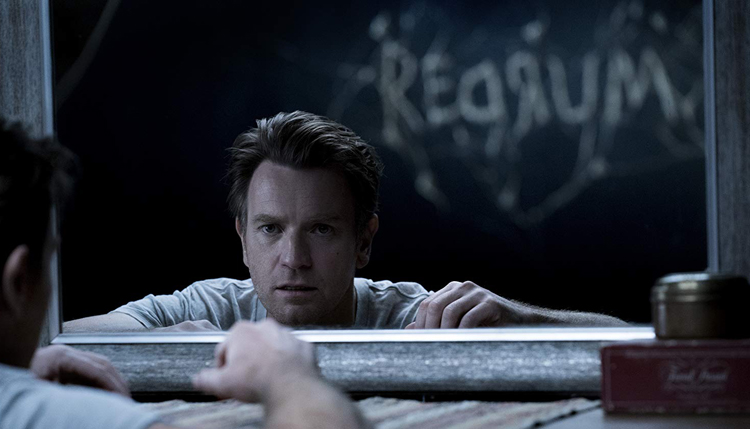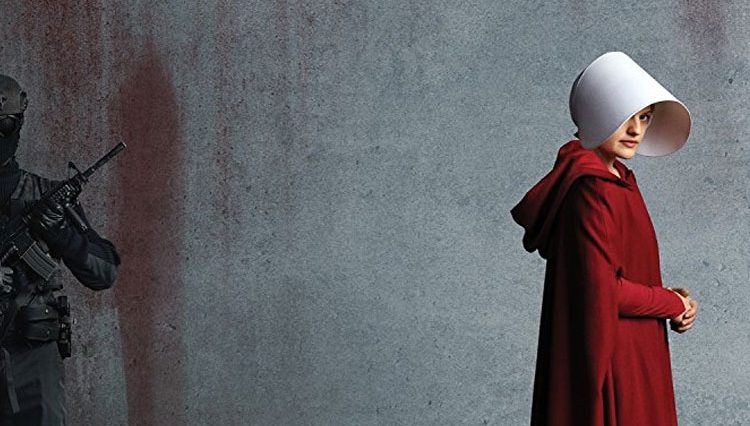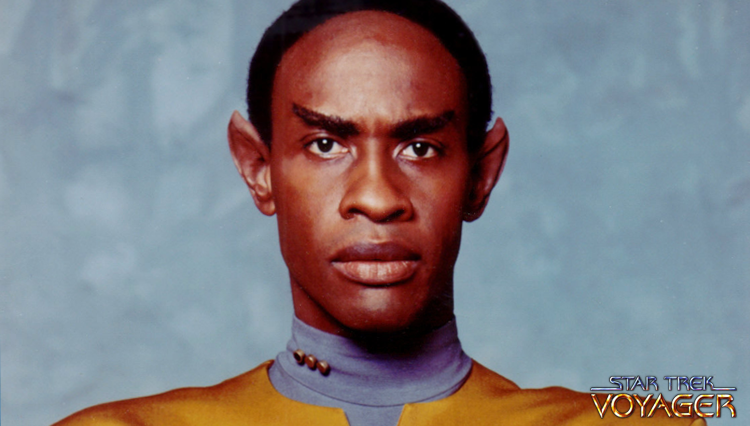“We’re all dying. The world’s just one big hospice with fresh air.”
“He had come to believe that life was a series of ironic ambushes.”
Doctor Sleep, 2019 (Ewan McGregor) Warner Bros.
Doctor Sleep is an unusual case of a movie based on a book that inspired another movie which, in turn, inspired a sequel. Whoa! I just made myself dizzy. Let’s try that one again. Doctor Sleep, the movie, is a sequel to The Shining (also a movie), which was directed by Stanley Kubrick and released by Warner Brothers in 1980. Doctor Sleep, the book written by Stephen King, is a sequel to The Shining (also a book), written by Stephen King and published by Doubleday in 1977.
Those who read The Shining and then saw the movie noted stark differences in the narrative yet writer/director Mike Flanagan (Gerald’s Game) wisely, in my opinion, caters to film fans rather than book buffs in picking up essentially where the previous film left off. Unfortunately, as with King’s source material, he takes too long to make his point, and his pacing, while deliberate, does not match Kubrick’s intensity, style, and talent for building suspense. That’s not to say Doctor Sleep is a bad sequel or a terrible movie. It isn’t, by any means, but Flanagan tries too hard to replicate Kubrick’s compositions and pace rather than permit himself to tell the story on his own terms.
Some thirty years after the events of the first movie, Danny Torrance (Ewan McGregor) is a down-on-his-luck alcoholic who takes a job as an orderly where he uses his “shining” skills to comfort the dying, elderly residents at a hospice, which earns him the nickname, “Doctor Sleep.” He begins to receive telepathic messages from a girl named Abra (Kyliegh Curran) who suspects an immortal wandering group of psychic vampires, who call themselves the “True Knot,” are ravaging the land and murdering people for their spiritual essence or “steam.” Together, they travel to the abandoned Overlook Hotel and engage the group’s leader, Rose (Rebecca Ferguson, in the movie’s stand-out performance) in a psychic standoff.
It all sounds simple enough, but the movie’s running time goes over two-and-a-half hours. The director’s cut is over three hours, injecting character moments and extended scenes into the already-bloated duration. As I said before, the movie has the same problem as the book. King takes too long to tell his story, and there are so many side-tracks and diversions, it’s interesting to consider what Flanagan chose to keep in his movie. Indeed, readers of the book will wonder why Flanagan chose to exclude important plot points. The movie, unlike the book, did not bore me because (like Kubrick’s movie) the story lends itself more to visuals than words.
What Doctor Sleep gets right is the simulacrum of actors, performances, and production design of Kubrick’s movie. These aren’t impersonations but mirrors, such as Alex Essoe playing Wendy Torrance. She’s almost dead-on, but not entirely accurate. She’s frankly too pretty to imitate Shelley Duvall, but she has her cadences and mannerisms down perfectly. The same goes for an almost unrecognizable Henry Thomas’ performance as Jack Torrance and Carl Lumbly as Dick Halloran. Also, look for the original Danny (Danny Lloyd) as the father of one of the True Knot’s victims. Doctor Sleep tries to be something different, and in this era of cookie-cutter horror movies and jump-scares, that’s refreshing.


